對來自中國的逆變器進口長期受到威脅的關稅的判斷日已經到來,并且與業內許多人所擔心的一樣糟糕或者更糟。正如美國貿易代表羅伯特•萊因希澤和美國總統唐納德特朗普今晚宣布的那樣,美國正在通過301條款對大約2000億美元的中國進口產品征收關稅,包括逆變器和非鋰電池。

這些關稅將于9月24日以10%開始,并將在2019年1月1日增加至25%。在與記者的電話會議中,高級政府官員指出,延遲是為了讓依賴這些進口的公司轉移供應鏈的時間。
對于供應美國太陽能市場的逆變器制造商來說,這種轉變已在進行中。Sungrow可以選擇從其位于印度的3 GW逆變器工廠運輸產品,依賴合同制造商Flex的Enphase 正在將生產轉移到墨西哥。然而,由于該工廠預計在2019年第二季度之前不會生產微型逆變器,這意味著Enphase將承擔長達9個月的進口關稅。
總體而言,由于逆變器占整個項目成本的一小部分,因此預計這些關稅對各個逆變器供應商的市場份額的影響要大于太陽能市場。
附原文:
The day of judgement for the long-threatened tariffs on imports of inverters from China has arrived, and it is as bad or worse than many in the industry feared. As announced by U.S. Trade Representative Robert Lighthizer and U.S. President Donald Trump this evening, the United States is imposing tariffs on roughly $200 billion worth of Chinese imports, including inverters and non-lithium batteries, through Section 301.
These tariffs will start on September 24 at 10%, and will increase to 25% on January 1, 2019. In a call with reporters senior administration officials noted that the delay is intended give time for companies dependent upon these imports to shift supply chains.
For inverter makers supplying the U.S. solar market, such shifts are already underway. Sungrow has the option of shipping product from its 3 GW inverter factory in India and Enphase, which is reliant on contract manufacturer Flex, is shifting production to Mexico. However, as this factory is not expected to be producing microinverters until the second quarter of 2019, this means that Enphase will be hit with up to nine months of import duties.
Overall the impact of these tariffs is expected to be greater on the market share of individual inverter suppliers than the solar market writ large, as inverters make up a small portion of overall project costs.

這些關稅將于9月24日以10%開始,并將在2019年1月1日增加至25%。在與記者的電話會議中,高級政府官員指出,延遲是為了讓依賴這些進口的公司轉移供應鏈的時間。
對于供應美國太陽能市場的逆變器制造商來說,這種轉變已在進行中。Sungrow可以選擇從其位于印度的3 GW逆變器工廠運輸產品,依賴合同制造商Flex的Enphase 正在將生產轉移到墨西哥。然而,由于該工廠預計在2019年第二季度之前不會生產微型逆變器,這意味著Enphase將承擔長達9個月的進口關稅。
總體而言,由于逆變器占整個項目成本的一小部分,因此預計這些關稅對各個逆變器供應商的市場份額的影響要大于太陽能市場。
附原文:
The day of judgement for the long-threatened tariffs on imports of inverters from China has arrived, and it is as bad or worse than many in the industry feared. As announced by U.S. Trade Representative Robert Lighthizer and U.S. President Donald Trump this evening, the United States is imposing tariffs on roughly $200 billion worth of Chinese imports, including inverters and non-lithium batteries, through Section 301.
These tariffs will start on September 24 at 10%, and will increase to 25% on January 1, 2019. In a call with reporters senior administration officials noted that the delay is intended give time for companies dependent upon these imports to shift supply chains.
For inverter makers supplying the U.S. solar market, such shifts are already underway. Sungrow has the option of shipping product from its 3 GW inverter factory in India and Enphase, which is reliant on contract manufacturer Flex, is shifting production to Mexico. However, as this factory is not expected to be producing microinverters until the second quarter of 2019, this means that Enphase will be hit with up to nine months of import duties.
Overall the impact of these tariffs is expected to be greater on the market share of individual inverter suppliers than the solar market writ large, as inverters make up a small portion of overall project costs.
 微信客服
微信客服 微信公眾號
微信公眾號

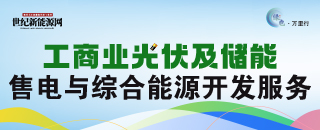
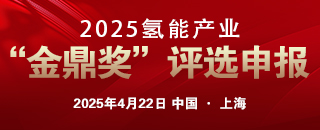
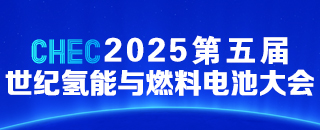
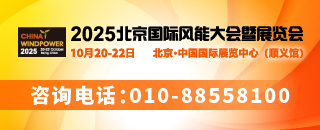
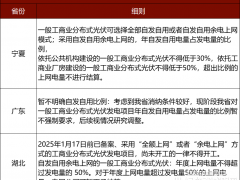
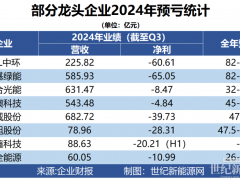
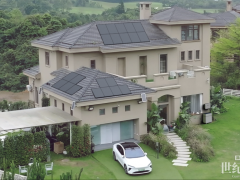
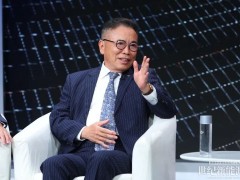
0 條